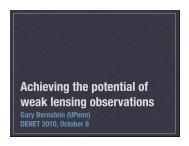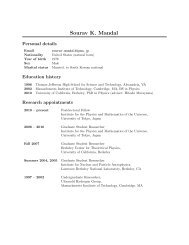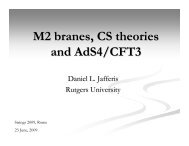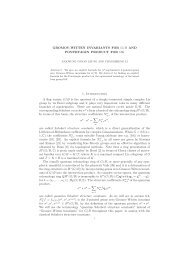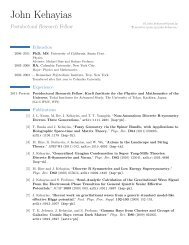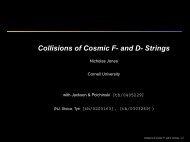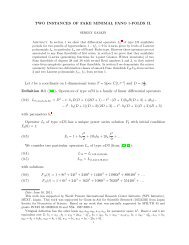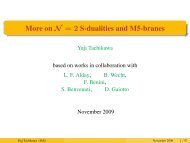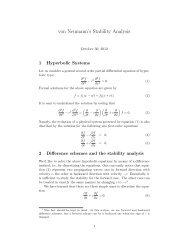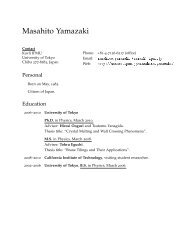STUDY SUMMARY - IPMU
STUDY SUMMARY - IPMU
STUDY SUMMARY - IPMU
Create successful ePaper yourself
Turn your PDF publications into a flip-book with our unique Google optimized e-Paper software.
<strong>SUMMARY</strong> REPORT<br />
WIDE FIELD FIBER-FED OPTICAL<br />
MULTI-OBJECT SPECTROMETER (WFMOS)<br />
coupling efficiency due to this effect and the potential of additional optical elements to compensate.<br />
Through our optical modeling, we have determined that the loss of throughput due to lack<br />
of telecentricity is very nearly identical to the loss of light from vignetting in the WFC. Additional<br />
optical elements designed to improve telecentricity do not actually significantly improve<br />
the throughput and have, therefore, not been incorporated in our design.<br />
The WFMOS Field Element coupling efficiency at the fiber tips is shown in Figure 3.7-1.<br />
The blue line indicates the coupling efficiency without the as-built performance of the Subaru<br />
Primary and WFC. The red line gives the overall coupling performance including the Primary,<br />
WFC and average seeing of 0.7 arc seconds. The black line shows the goal of 0.80 coupling efficiency.<br />
In addition, the Field Element has 2400 small, opaque spots (“Blocking Spots”) deposited on<br />
the side closest to the fiber positioners. There is one Blocking Spot per patrol region and each<br />
Blocking Spot obscures a tiny fraction (



